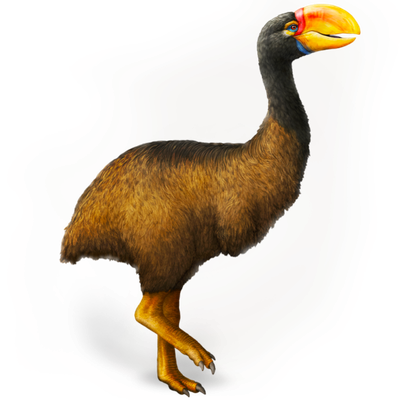Your search returned 299 results
By Page Type
By Tag
- All
- fish (966)
- blog (696)
- fishes of sydney harbour (401)
- First Nations (299)
- Blog (236)
- AMRI (169)
- archives (164)
- Eureka Prizes (146)
- Aboriginal and Torres Strait Islander (135)
- insect (126)
- Ichthyology (124)
- geoscience (109)
- minerals (102)
- climate change (100)
- podcast (94)
- Fish (91)
- Anthropology (89)
- International collections (80)
- Minerals Gallery (78)
- wildlife of sydney (78)
- Labridae (77)
- frog (74)
- gemstone (70)
- history (64)
- photography (64)
- Mollusca (60)
- gem (59)
- staff (59)
- Birds (56)
- Gems (56)
- Indonesia (56)
- education (56)
- shark (55)
- AMplify (54)
- people (53)
- earth sciences (50)
- past exhibitions (50)
- exhibition (49)
- Gobiidae (48)
- sustainability (46)
- Pomacentridae (45)
- Serranidae (44)
- lifelong learning (42)
- science (42)
- Earth and Environmental Science (41)
- Syngnathidae (41)
- Ancient Egypt (40)
- Bali (40)
- bird (40)
- dangerous australians (40)
-
Terra nullius
https://australian.museum/learn/first-nations/unsettled/recognising-invasions/terra-nullius/Terra nullius is today used as a catch-all phrase to explain how Australia was founded; to justify and legitimise the dispossession, dispersal, and inhumane treatment of First Nations peoples.
-
Little Terns: caring for Country and each other
https://australian.museum/learn/first-nations/burra/little-terns-caring-for-country/Little Terns teach us the importance of supporting each other and caring for Country.
-
Bangu: Big Bats and Little Bats
https://australian.museum/learn/first-nations/burra/big-bats-little-bats/In Dhurga, one of many languages spoken by the First Nations Yuin people of the NSW South Coast, Bangu is the name for Bat.
-
Who’s who, Bangu: getting to know Microbats
https://australian.museum/learn/first-nations/burra/getting-to-know-microbats/Bats are the second biggest group of mammals in the world and scientists are still finding new species of little microbats today.
-
Climate change: how can I care for Country?
https://australian.museum/learn/first-nations/burra/climate-change-caring-for-country/Learn about some simple actions we can take to help support Country through climate change.
-
Ocean Currents
https://australian.museum/learn/first-nations/burra/ocean-currents/Our Oceans are asking us to care about the animals who are eating, breathing and becoming sick from these pollutants before it’s too late.
-
Quan tâm đến đất Nước của chúng ta
https://australian.museum/learn/climate-change/climate-solutions/caring-for-country-vi/Chúng ta là một phần của thiên nhiên. Đất nước này nuôi dưỡng chúng ta và tất cả chúng ta đều có trách nhiệm chăm sóc lại cho đất nước này .
-
Banksia House: Design for Climate
https://australian.museum/learn/climate-change/climate-solutions/banksia-house/Banksia House proves how smart design can create a sustainable, energy-efficient home. By working with nature, we can support local species and ecosystems.
-
Joolah and Googarty (The Lyrebird and the Frog)
https://australian.museum/learn/first-nations/joolah-googarty-lyrebird-frog/Yuin community leader and knowledge keeper, Uncle Warren Ngarrae Foster shares the story of Joolah and Googarty.
-
The Forgotten
https://australian.museum/learn/first-nations/unfinished-business-extended-content/the-forgotten/Roseanne, like many other Indigenous children in remote Central Australia, was born with foetal alcohol-related brain damage.
-
Discover more
2025 Australian Geographic Nature Photographer of the Year
Special exhibition
Free entry
Now open -
Discover more
Unfinished Business
Special exhibition
Free entry
Now open -
Find out more
Surviving Australia
Permanent exhibition
Free entry
Now open![]()
-
Find out more
Burra
Permanent kids learning space
Free entry
10am - 4.30pm![]()
-
Discover more
Minerals
Permanent exhibition
Free entry
Open daily![]()





